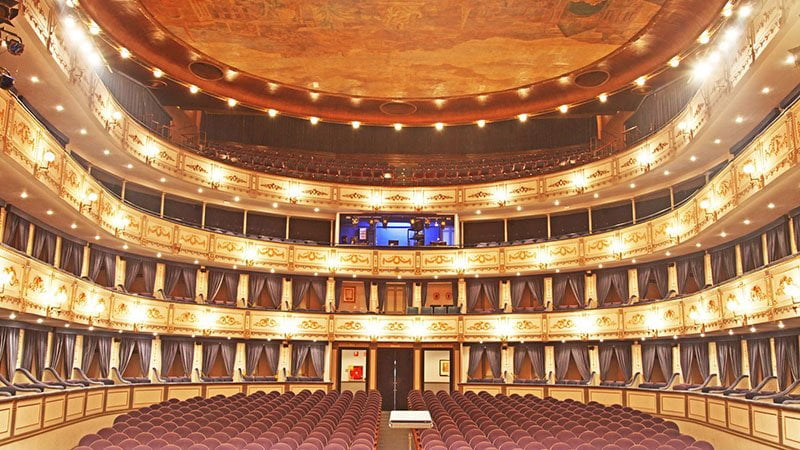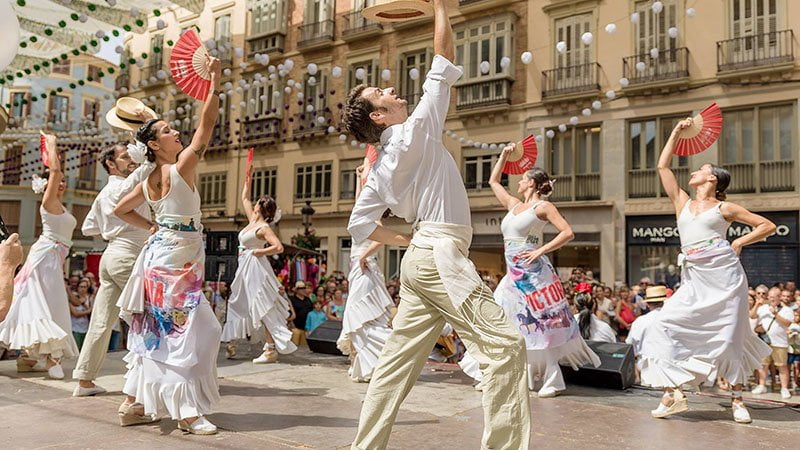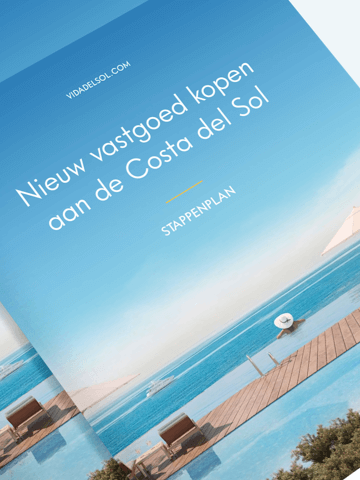Málaga
Málaga Travel Guide
Just an hour drive from Marbella and under the watchful eye of the Castillo Gibralfaro, stretches a beautiful and vibrant city – Málaga. As the 2nd largest city after Seville in the Andalusian region, this metropolis is very well known for culture, gastronomy, wide promenades with palm trees, white sandy beaches, countless shopping opportunities and a very friendly and hospitable local population. Sometimes it is also called the Barcelona of the South.
Malaga’s historic city center offers many idyllic spots and picturesque locations to enjoy. With sights like the Alcazaba, Castillo Gibralfaro and Picasso museum, it is a dream destination!
The best way to get a good impression of Málaga is to hop on the official city tour bus. The whole tour takes less than an hour and a half and is definitely worth it! Another highly recommended spot is the most beautiful roof terrace of hotel AC Marriot in the heart of the city that offers a 360° view of Málaga.


Málaga is also a shopping paradise with its beautiful shopping streets that run perpendicularly to a beautiful avenue – the Alameda – and begins at Plaza Marina, near the harbor. A chic district with many boutiques, designer stores and cafes, all surrounded by beautifully restored historical buildings.
At the end of the Larios there is a main city square – Plaza de la Constitución, which is the center of attention throughout the year when religious, cultural and traditional events take place. It is especially beautiful in December when a huge Christmas tree and festive decorations lighten up the whole square.
In Malága there is no shortage of places to enjoy delicious food and drinks. From the most exquisite top Michelin award-winning restaurants to the ordinary local tapas bars – there is everything you might want.
There are many cultural events being held on the streets of Málaga, such as the International Jazz Festival (early November), the Film Festival (early March). The beautiful Teatro Cervantes is the main theater in the city and the venue for most of the cultural events.


And of course not to forget the Feria de Málaga – one of the largest traditional festivals celebrated every August. This fiesta is accompanied by magnificent parades, traditional music, lots of dancing and street performances and ends with a large firework. A large part of the female population is dressed in flamenco dresses and the men wear traditional suits with hats.





